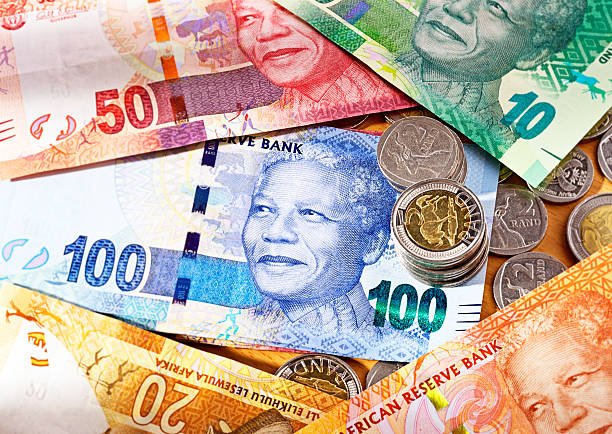On this page, we describe the various features used in producing banknotes to prevent counterfeiting in South Africa. Imagine if everyone could just print money as they wish. How would poverty be defined under these circumstances? The South African government has a way to prevent anyone from printing banknotes (money) as they wish, as this will distract the current economic structures, norms and value of money.
How South Africa Prevents the Production of Counterfeiting Banknotes
How South Africa Prevents the Production of Counterfeiting Banknotes:
- First and far most, the South African government, through the Reserve Bank, uses the section 14 of the SARB Act, which states that only the South African Reserve Bank has the right to issue banknotes and coins in South Africa. The SARB Act prohibits any reproduction of banknote images – even for artistic or advertising uses.
- Secondly, the South African Government criminalises the production of counterfeint currency (imitation notes or coin produced without the legal sanction of the SARB.)
- Thirdly, any counterfeit notes found in circulation cannot be exchanged for cash, as they have no value. To confirm the validity of a banknote, the approach of Look, Feel and Tilt can be used.
The SARB, the South African Police Service and the commercial banks work together to combat the counterfeiting of banknotes and coin. As stated by the South African Reserve Bank, members of the public who come into possession of counterfeit banknotes and coin must immediately report it to their nearest police station.
The Features used in Producing Banknotes to Prevent Counterfeiting in South Africa
1. How the banknote looks
By holding a banknote up to the light, the following features can be observed.

Security thread
The security thread is the shiny strip on the front of the banknote, which becomes a continuous solid line when held to the light. The words “SARB”, “Rand”, the denomination and the South African coat of arms should be visible.

Watermark
The watermark is an embedded image of Nelson Mandela with the denomination.
2. How the Banknote Feels
By lightly running your fingertips over the banknote, the following features can be observed.

Raised print
On the front of the banknote, the portrait of Nelson Mandela and the words SOUTH AFRICAN RESERVE BANK will feel slightly raised or rough.

Visual aid feature
The raised lines on the bottom left and right of the front of the banknote are aids for the visually impaired. The R10 has one line, the R20 two lines, the R50 three lines, the R100 four lines and the R200 five lines.
3. Tilt
By tilting a banknote, the following features can be observed.

Security thread
The metallic thread will reflect light and exhibit a slight colour shift.

Colour-changing ink
The numerals on the bottom right of the banknote are printed with a colour-changing ink. The R10 and R20 banknotes exhibit a slight colour shift, whereas the R50, R100 and R200 banknotes appear to have a moving line. If you suspect that you have a counterfeit note, see Counterfeit Notes below.

